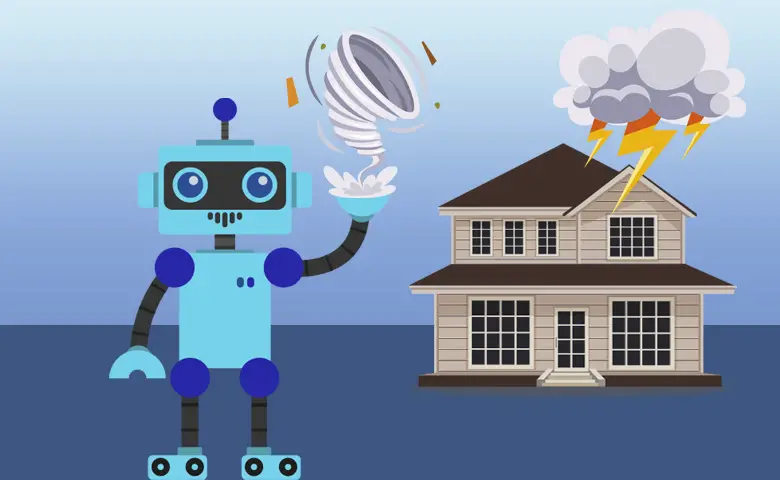The Role of Blockchain in Disaster Response and Recovery

Natural disasters can strike at any time, causing widespread damage and loss of life. In the aftermath of a disaster, it can be difficult to coordinate relief efforts and get aid to those who need it most. Blockchain technology has the potential to revolutionize disaster response and recovery by providing a secure and transparent way to track aid distribution, manage donations, and coordinate volunteers.

One of the biggest challenges in disaster response is tracking the distribution of aid. In the chaos following a disaster, it can be difficult to keep track of who has received aid and who still needs it. This can lead to duplication of services and can make it difficult to ensure that everyone is getting the help they need. Blockchain technology can help to solve this problem by creating a secure and transparent record of aid distribution. Each time a donation is made or aid is distributed, the transaction is recorded on the blockchain. This creates a permanent record of who received what aid and when it was received. This information can be used to track the progress of relief efforts and to ensure that aid is being distributed fairly and efficiently.

Blockchain technology can also be used to manage donations. After a disaster, people from all over the world often want to donate money or goods to help those who have been affected. However, it can be difficult to track where donations are going and to ensure that they are being used effectively. Blockchain technology can help to solve this problem by providing a transparent and accountable way to manage donations. Each donation is recorded on the blockchain, and donors can track the progress of their donation from the moment it is made until it is used to provide aid. This transparency helps to build trust between donors and aid organizations and ensures that donations are being used effectively.
Finally, blockchain technology can be used to coordinate volunteers. In the aftermath of a disaster, volunteers from all over the world often want to help with relief efforts. However, it can be difficult to organize and coordinate these volunteers without a central system. Blockchain technology can help to solve this problem by providing a secure and transparent way to manage volunteers. Each volunteer is registered on the blockchain, and their skills and availability are recorded. This information can be used to match volunteers with tasks that they are qualified to perform and to ensure that volunteers are being used effectively.
Blockchain technology has the potential to revolutionize disaster response and recovery. By providing a secure and transparent way to track aid distribution, manage donations, and coordinate volunteers, blockchain can help to improve the efficiency and effectiveness of relief efforts. In the future, blockchain technology could play a vital role in helping communities to recover from disasters and rebuild their lives.
